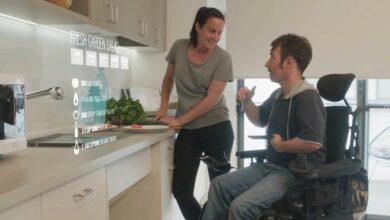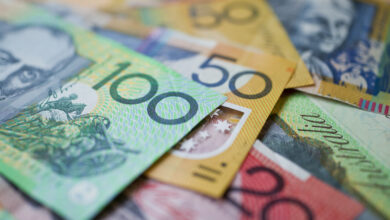Health workers at risk
Communication is vital for identifying potential risks in the workplace before they arise.
Lifting and moving patients is causing hundreds of Victorian workers to suffer painful yet preventable muscle and bone injuries every year.
In the year to June 2010, over 1500 Victorian aged care and hospital workers made workers’ compensation claims for muscle and bone injuries – most commonly caused by lifting and moving patients, and pushing and pulling patient trolleys and equipment.
In the same year, over $82 million was spent on costs associated with these injuries including treatment, rehabilitation, and lost wages.
Now WorkSafe Victoria has launched an advertising campaign to raise awareness of muscle and bone injuries, which account for more than half of all workplace injuries in Victoria.
“Over the past decade, we’ve seen a huge increase in expertise in aged care workplaces and hospitals around safe patient transfer,” strategic programs director Trevor Martin said.
“Projects like the ANF’s ground-breaking ‘No Lift, No Injury’ campaign a decade ago have gone a long way to raise awareness of the risks and how they can be avoided.
“However, more than 1500 workers are still being injured badly enough every year to make compensation claims.
“These statistics don’t tell the story behind the injury, like people having to leave their career because they’re physically unable to do the work, and the impact on families and loved ones,” he said.
Maintaining best-practice and communicating the risks are essential for preventing musculoskeletal injuries, Martin said.
“Despite having the right equipment to do the job and being trained to follow the correct manual handling procedures, dealing with real-life situations can be challenging.
“Workers might want to put their patients first, which might lead them to risking their own safety.
“However, it’s important that correct procedures are always followed.
“Supervisors and managers need to ensure workers aren’t resorting to shortcuts because of time pressures or other challenges. For example, when lifting machines are available, it’s essential that they’re used – not left in cupboards because there’s not enough time to get them out,” he said.
Martin said communication was vital for identifying potential risks in the workplace before they arise.
“Regular staff meetings to discuss the risks and possible solutions will help all staff to remain vigilant and informed. A culture of continuous improvement goes a long way to avoiding the additional pressure placed on staff when a colleague is injured.
Email: [email protected]





